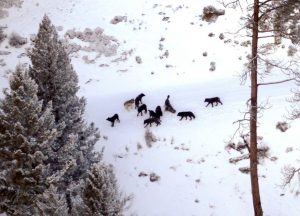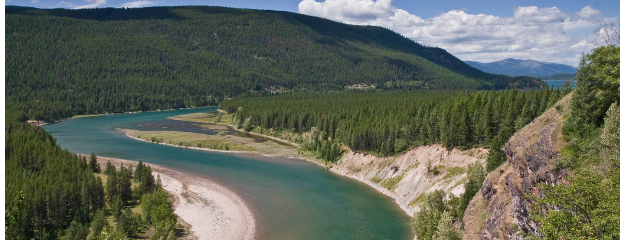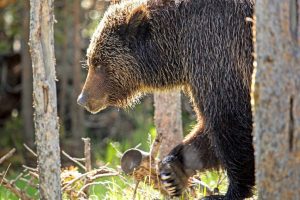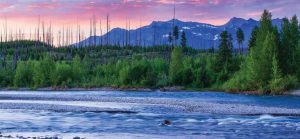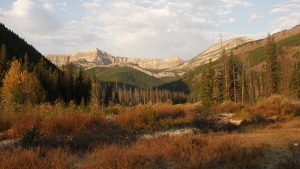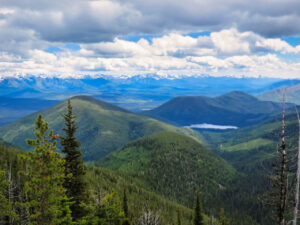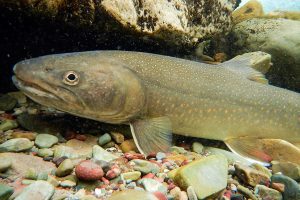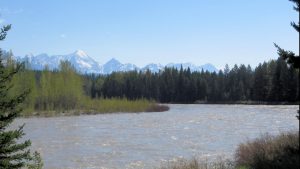
A note from NFPA board member Suzanne Hildner: “This media note [from the U.S. Department of State] sent to me by a friend who is a nationally recognized conservationist now working on this issue, is pertinent to us as obviously the Flathead drains into the Columbia system ultimately. I will plan on attending.”
The town hall meeting, co-hosted by the Northwest Power and Conservation Council, will be held on March 20, 2019, from 5:30 p.m. to approximately 7:00 p.m. The meeting will be held at the Red Lion Hotel Grand Ballroom, 20 S Main St., Suite 150, Kalispell, MT 59901.
February 27, 2019
Town Hall to Discuss Modernization of the Columbia River Treaty Regime
U.S. Columbia River Treaty Negotiator Jill Smail will lead a town hall March 20, 2019, in Kalispell, Montana on the modernization of the Columbia River Treaty regime. The town hall, which is co-hosted by the Northwest Power and Conservation Council, is free of charge, open to the public, and will take place at the Red Lion Hotel from 5:30 to 7:00 p.m. This town hall will follow the February 27-28 round of negotiations on the treaty regime in Washington, D.C. At the town hall, U.S. government representatives will provide an overview of the negotiations and take questions from the public; feel free to send questions in advance to ColumbiaRiverTreaty@state.gov. For more information on the town hall, including call-in details, please see the Federal Register Notice.
The Columbia River Treaty is an international model for transboundary water cooperation. The 1964 treaty’s flood risk and hydropower operations have provided substantial benefits to millions of people on both sides of the U.S.-Canada border. The treaty has also facilitated additional benefits such as supporting the river’s ecosystem, irrigation, municipal water use, industrial use, navigation, and recreation. More information can be found on the Department’s Treaty website .
As the United States continues bilateral negotiations with Canada, key objectives are guided by the U.S. Entity Regional Recommendation for the Future of the Columbia River Treaty after 2024, a consensus document published in 2013 after five years of consultations among the Tribes, states, stakeholders, public, and federal agencies. The U.S. negotiating team is led by the U.S. Department of State and comprises the Bonneville Power Administration, the U.S. Army Corps of Engineers Northwestern Division, the Department of the Interior, and the National Oceanic and Atmospheric Administration.
To receive periodic updates on events and developments related to the modernization of the Columbia River Treaty regime, please contact ColumbiaRiverTreaty@state.gov. For press inquiries, please contact WHAPress@state.gov.
______________________________________________________
Columbia River Treaty Team
Bureau of Western Hemisphere Affairs • U.S. Department of State
2201 C St. NW Rm. 3918, Washington, DC 20520
ColumbiaRiverTreaty@state.gov
